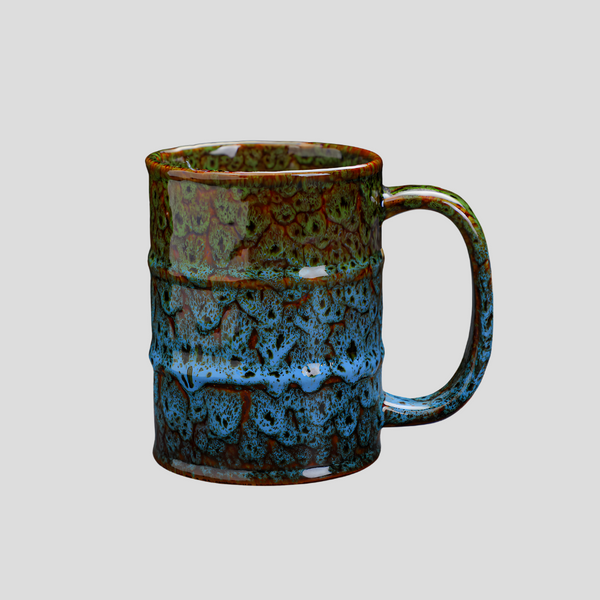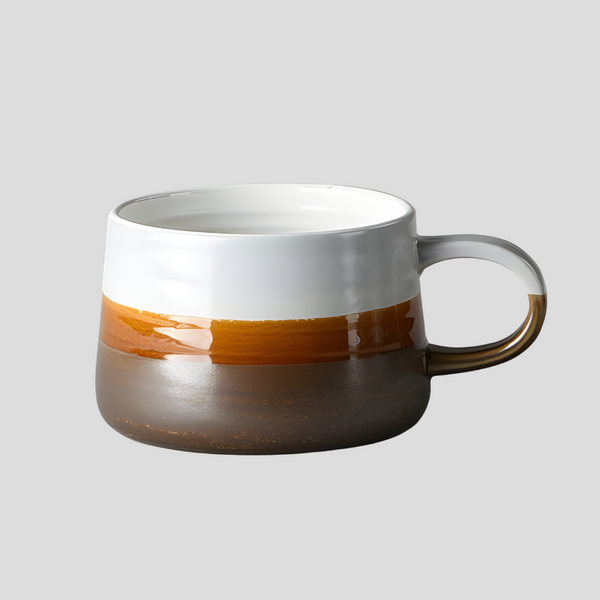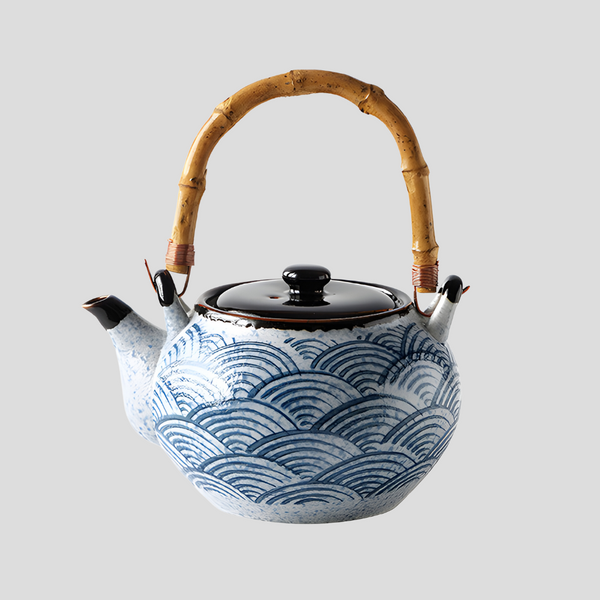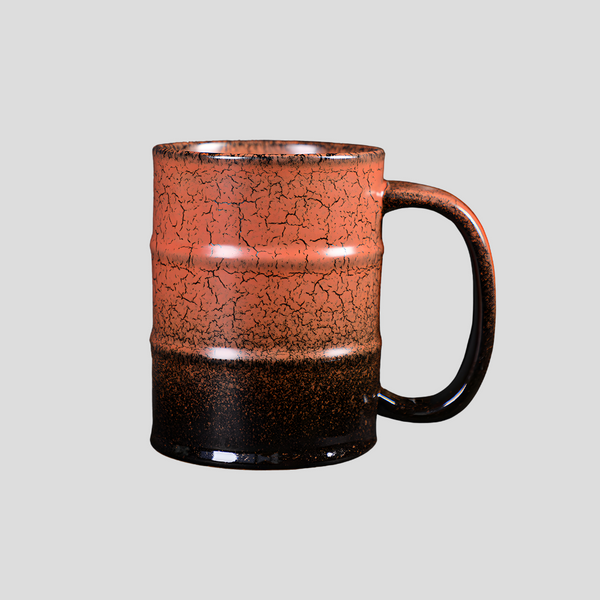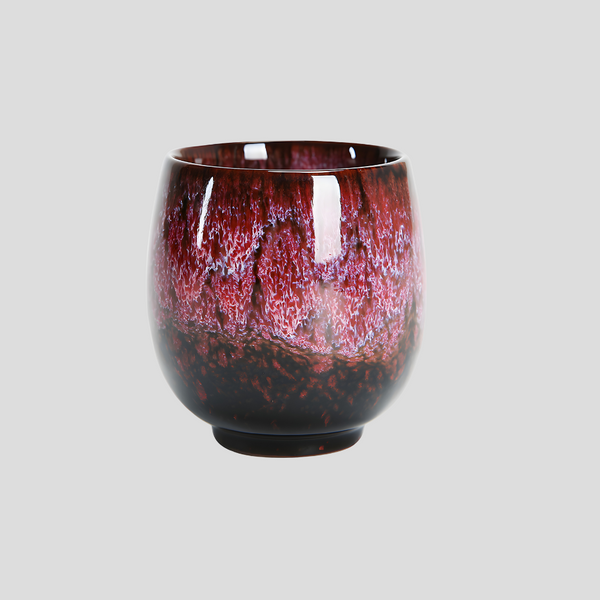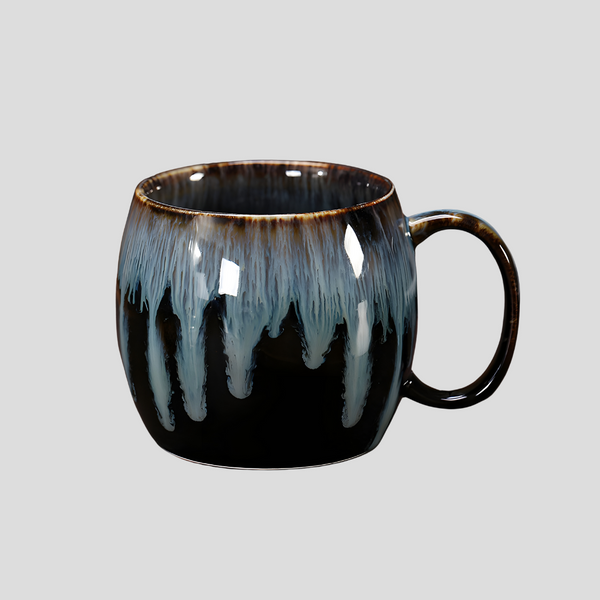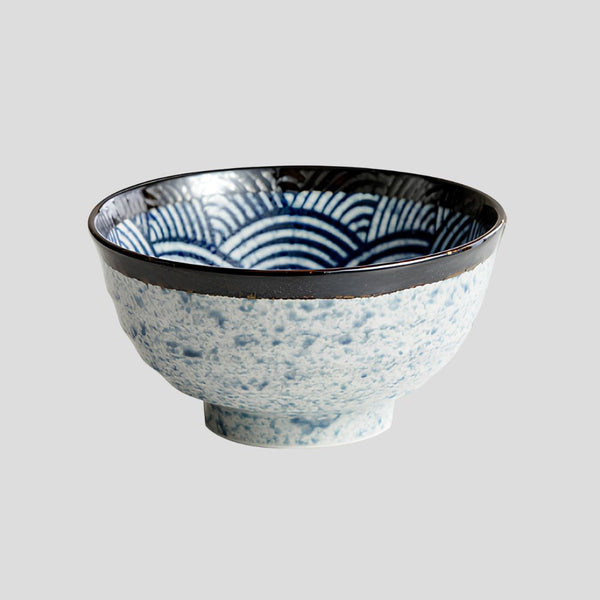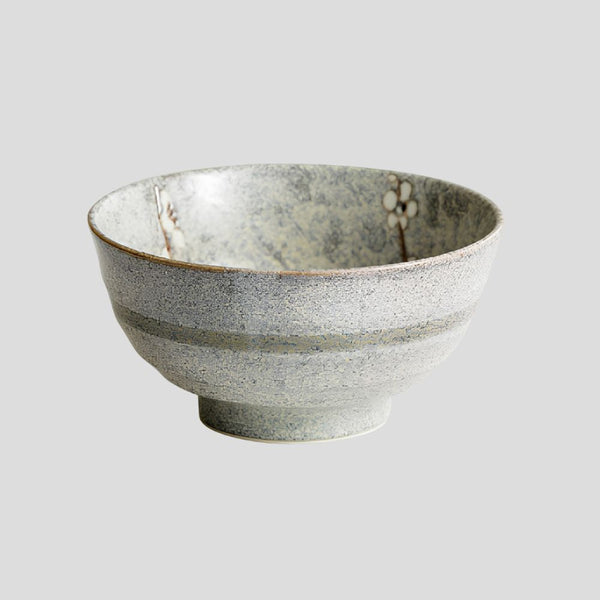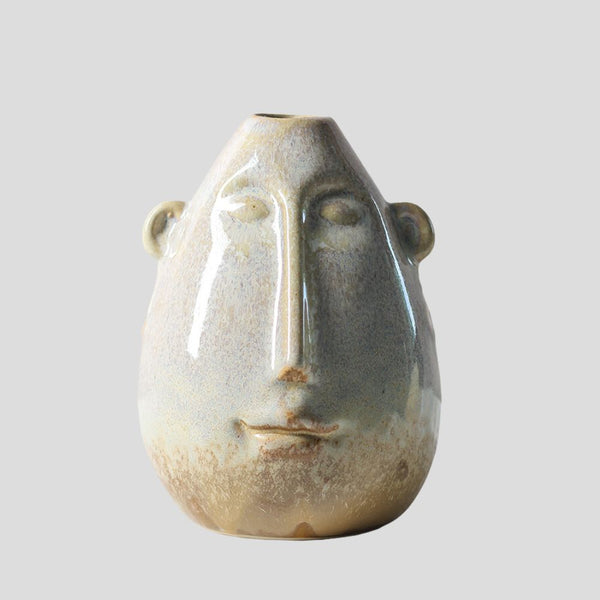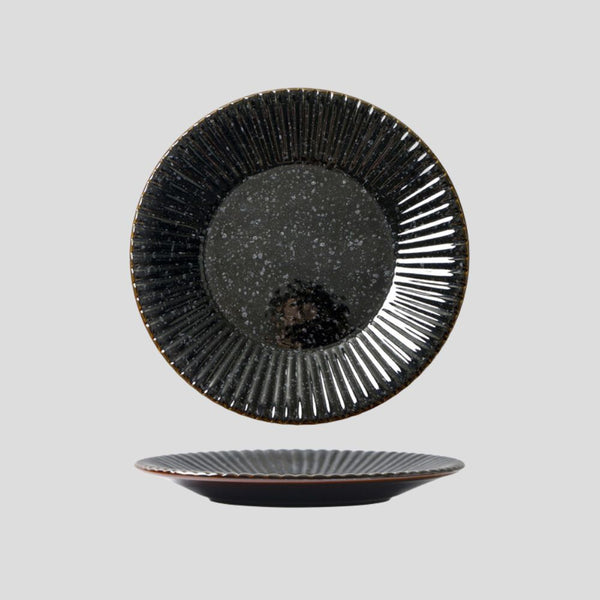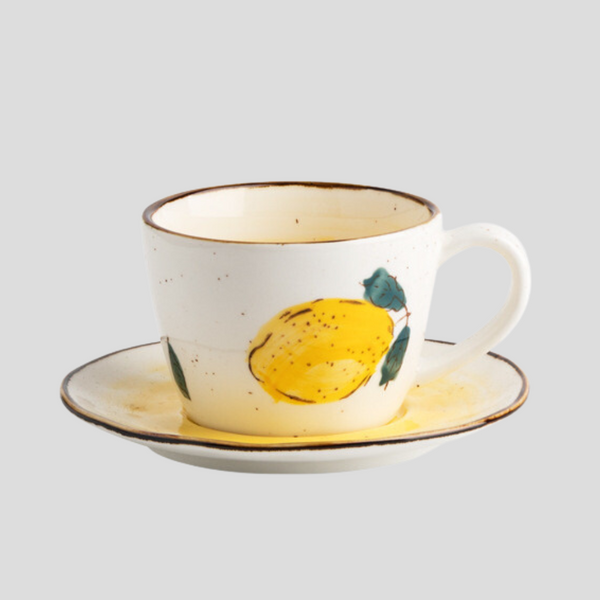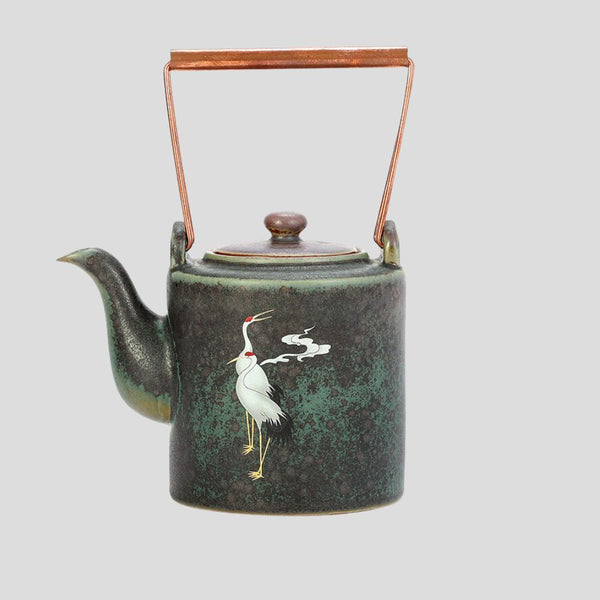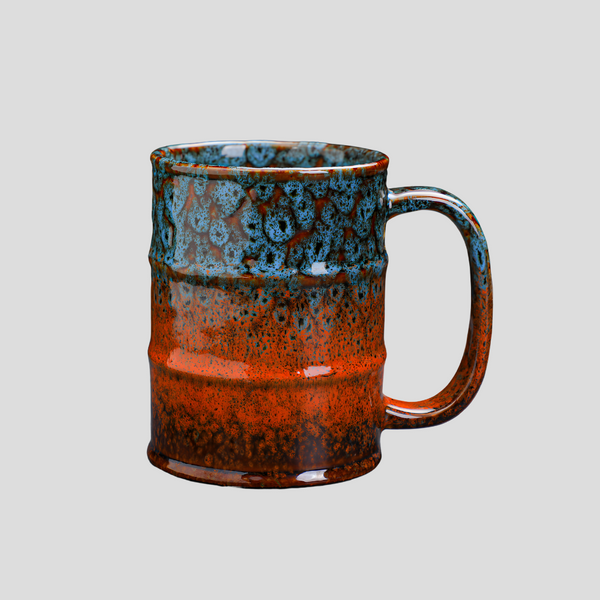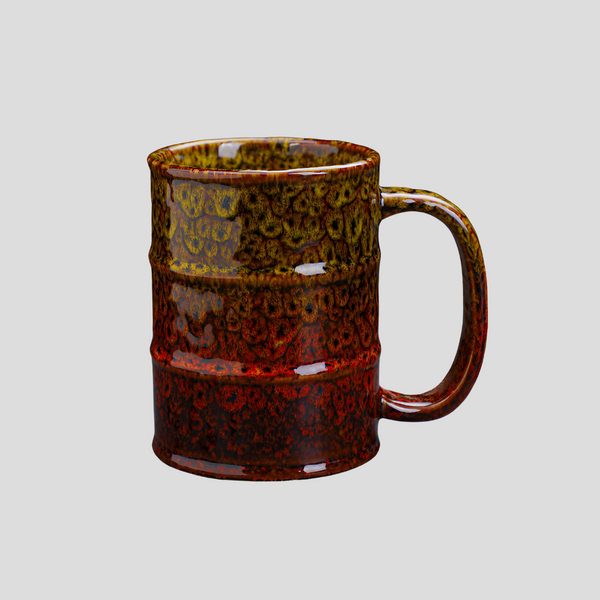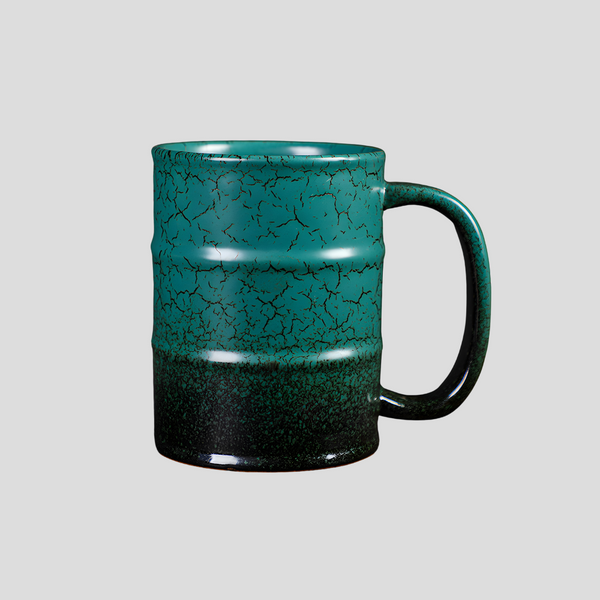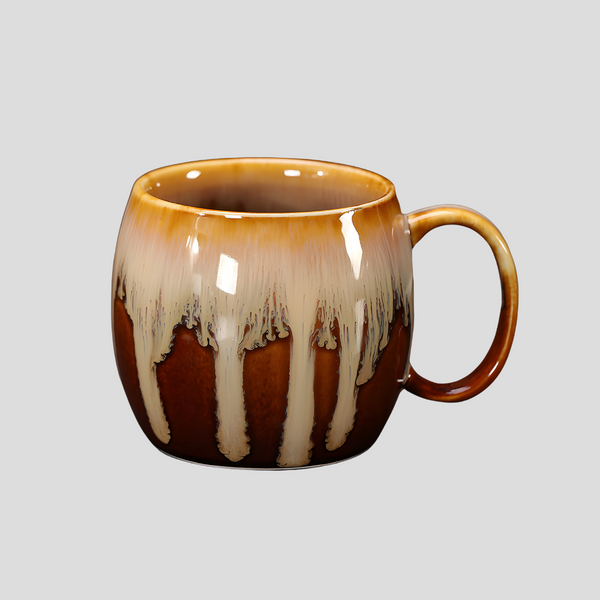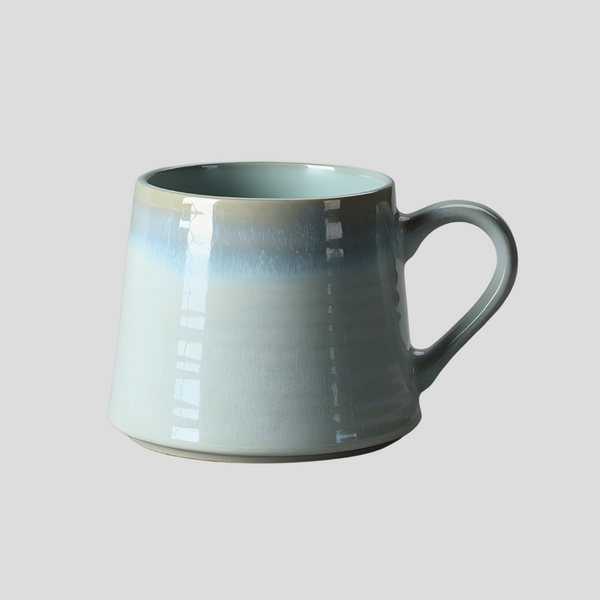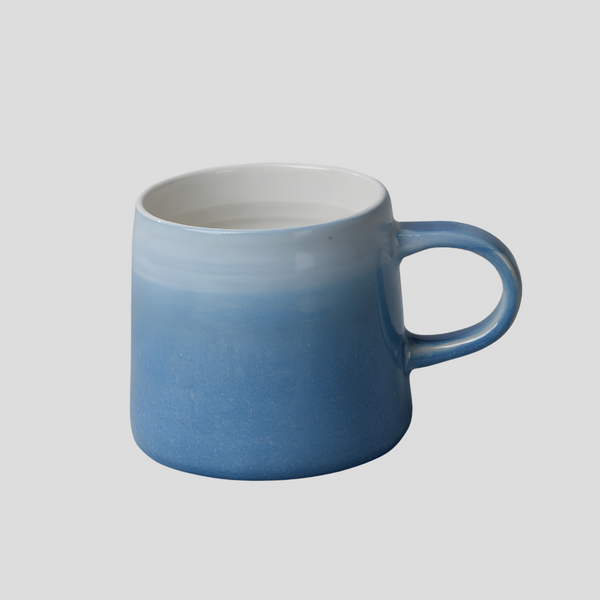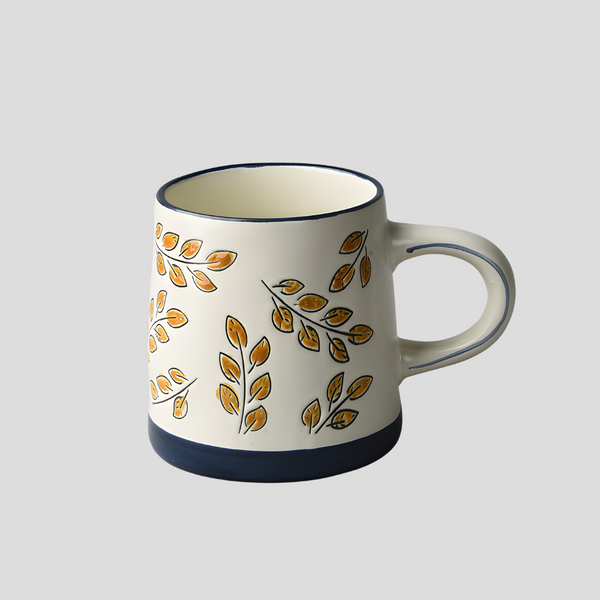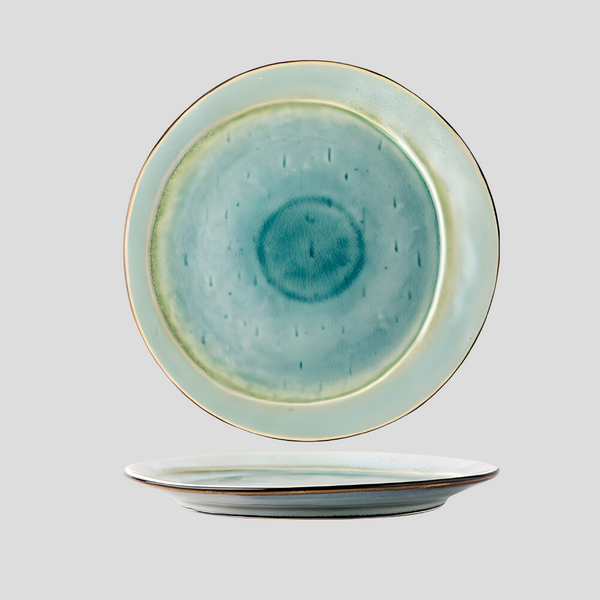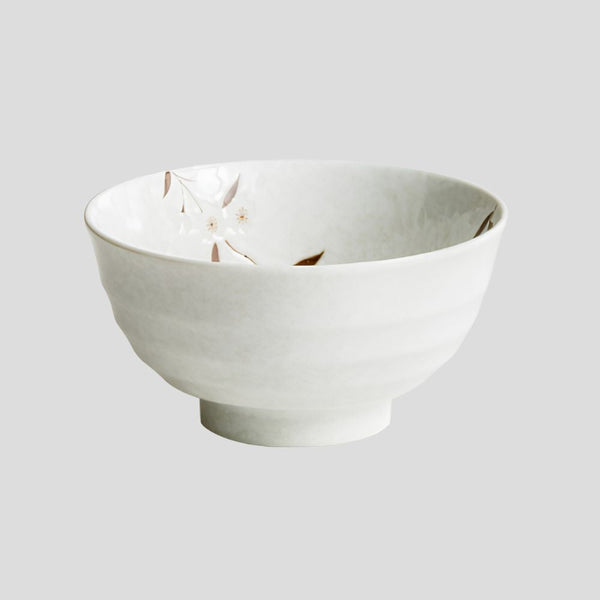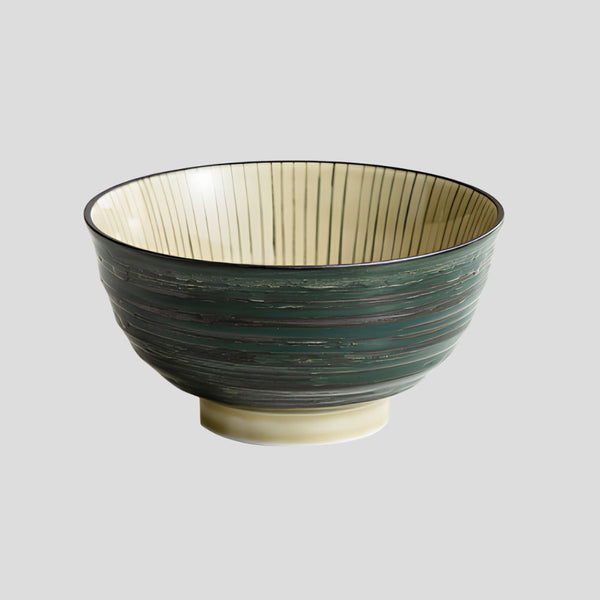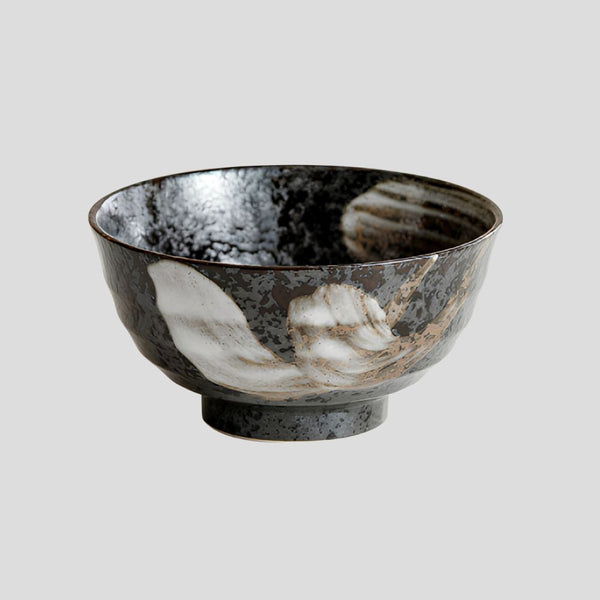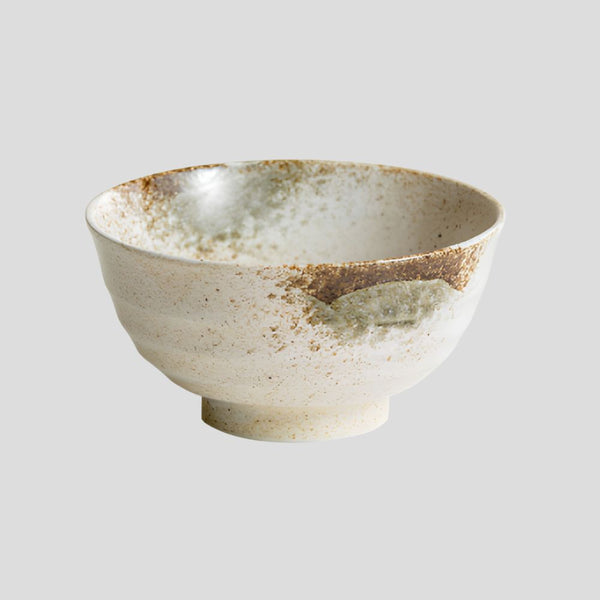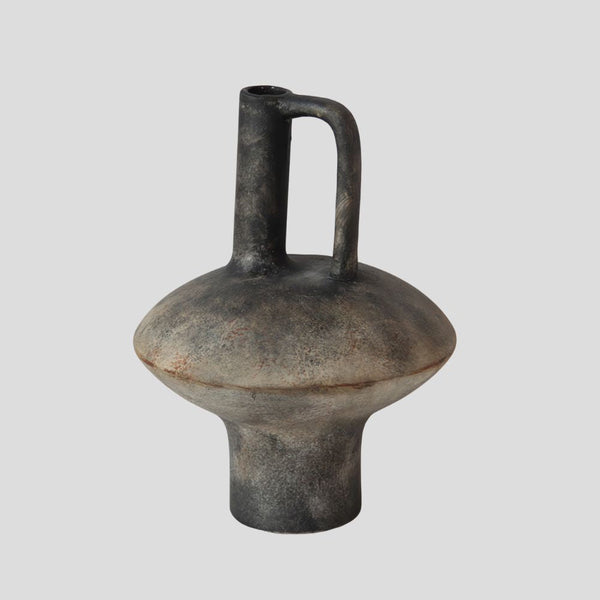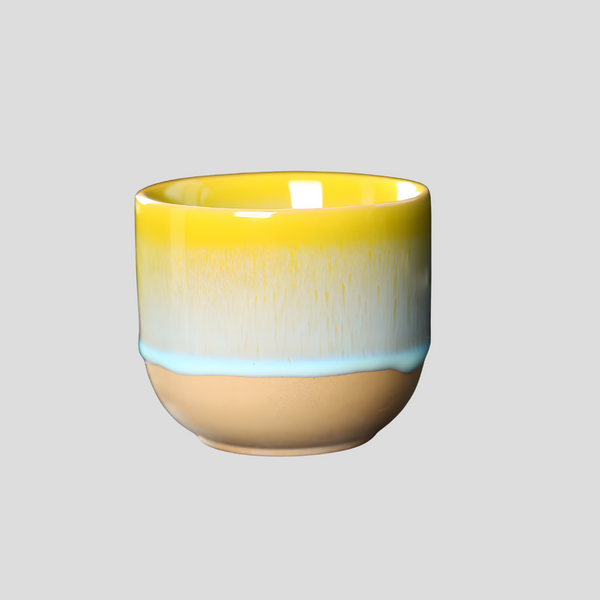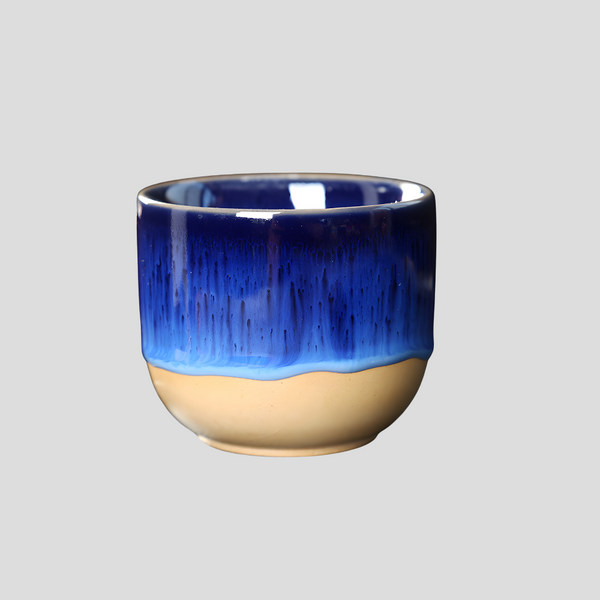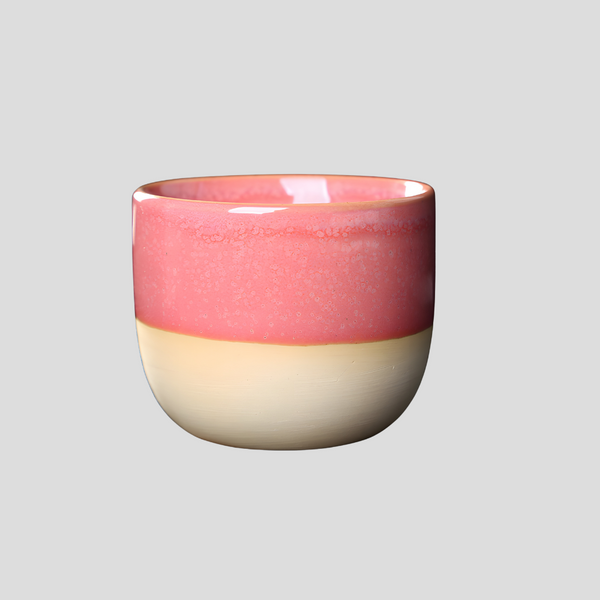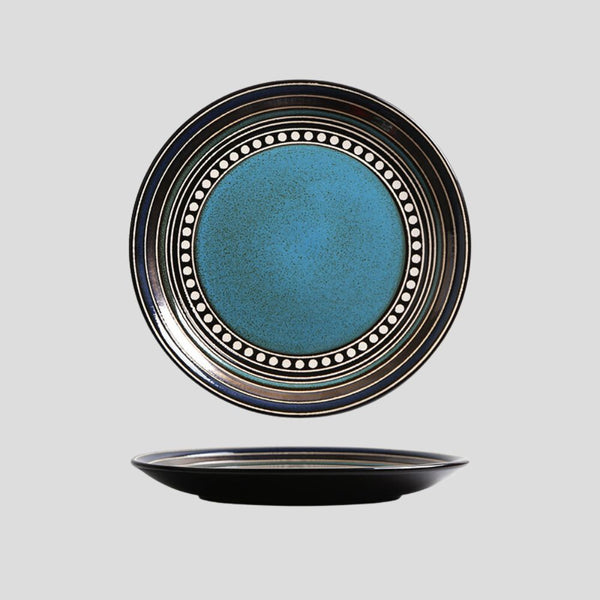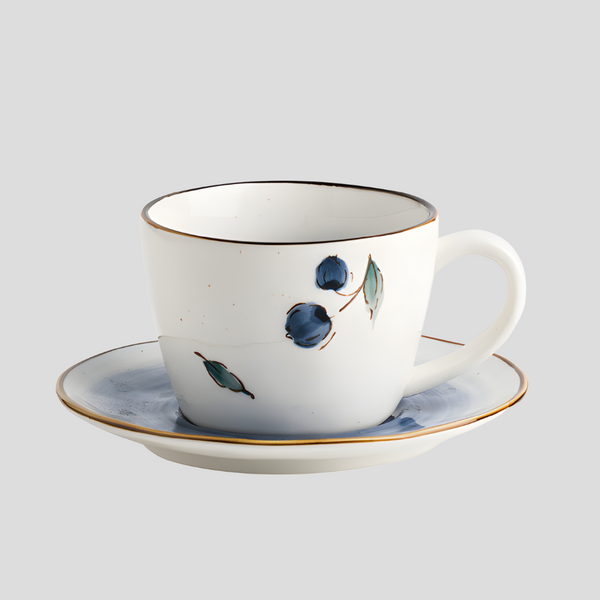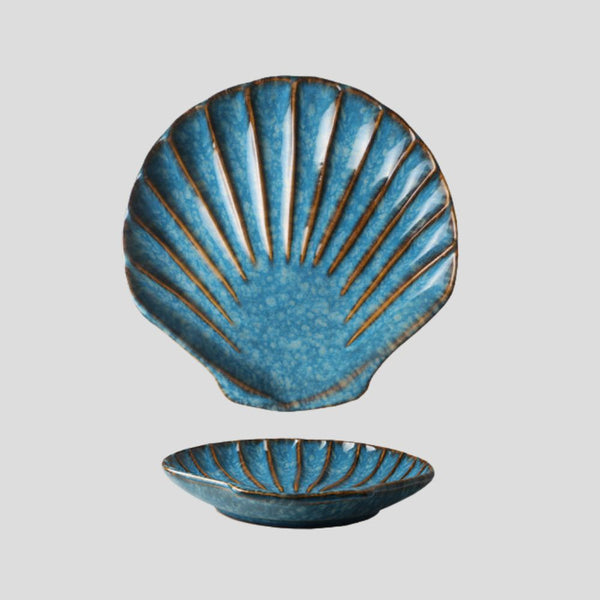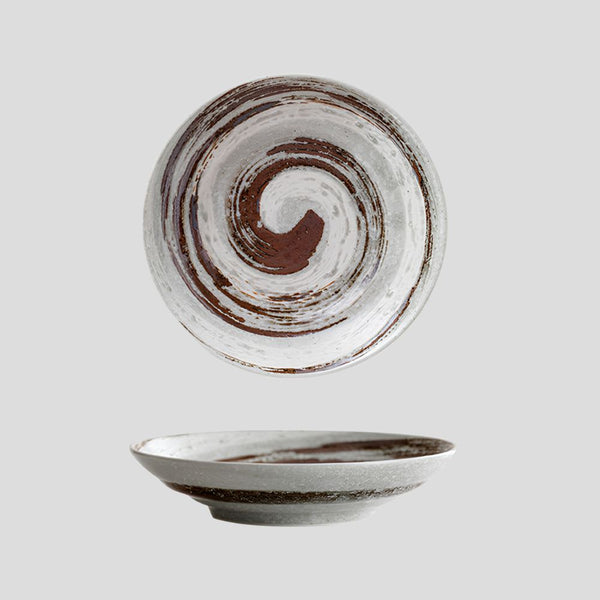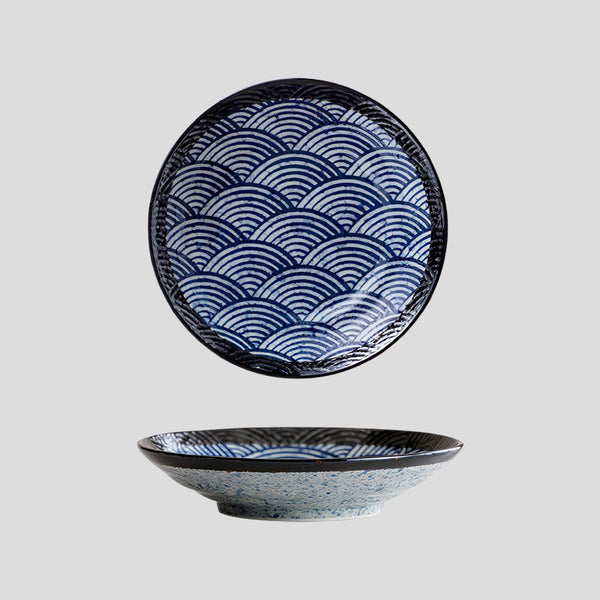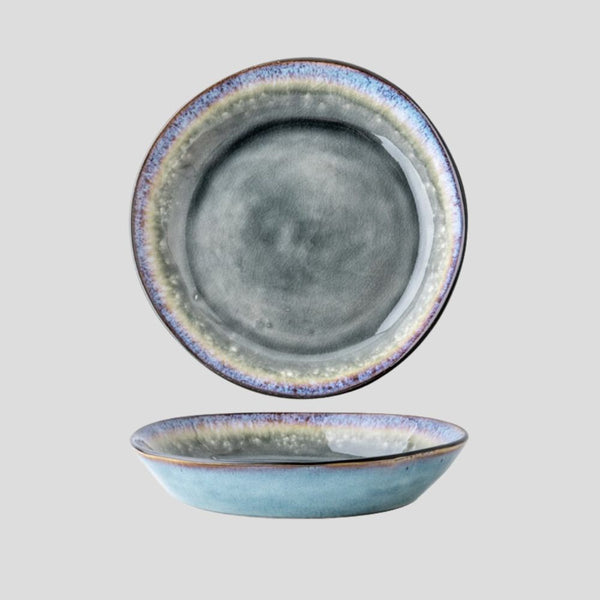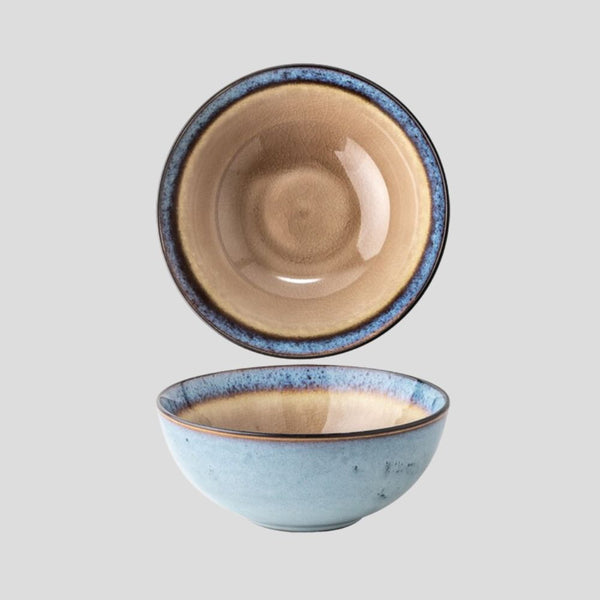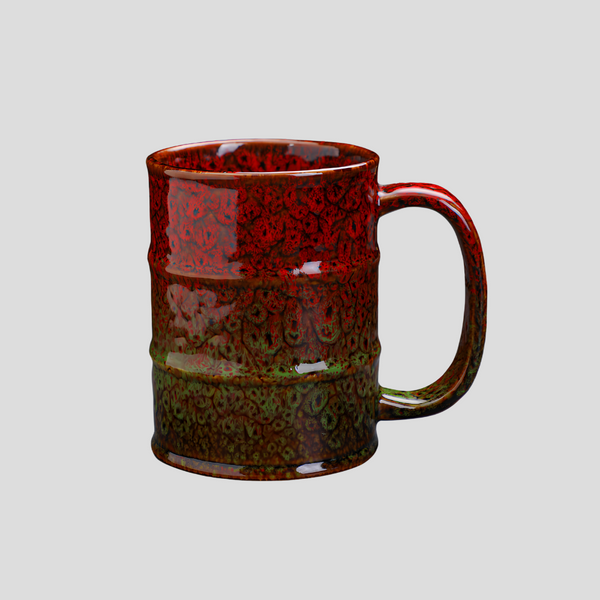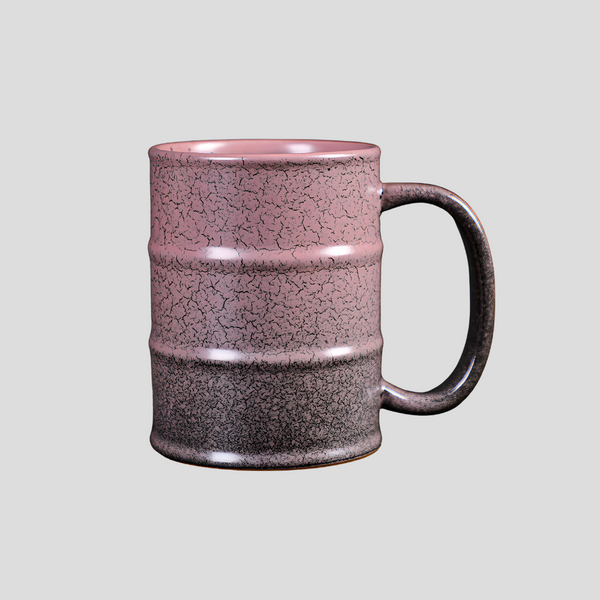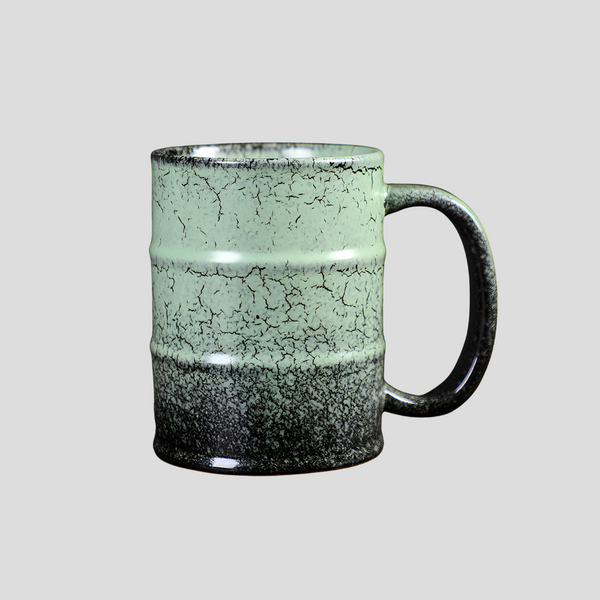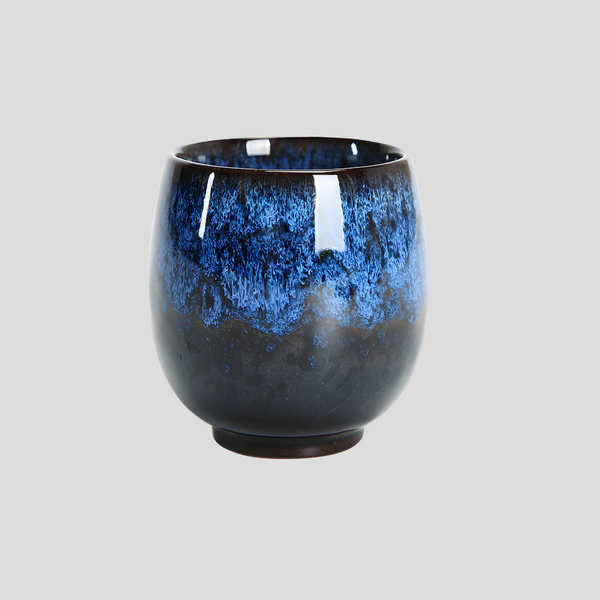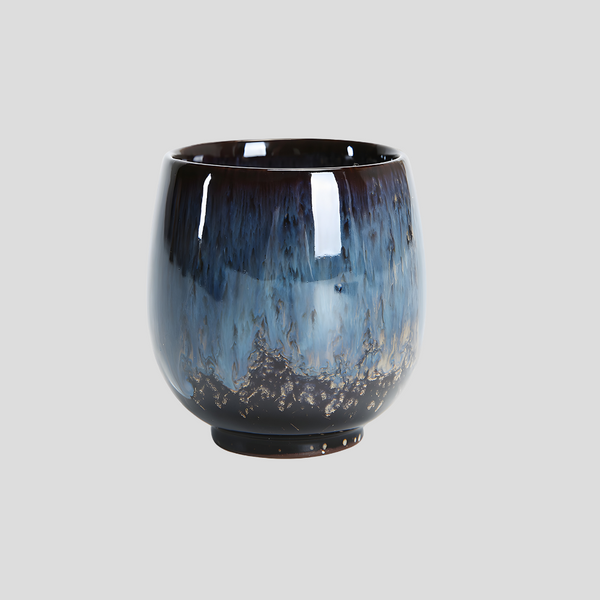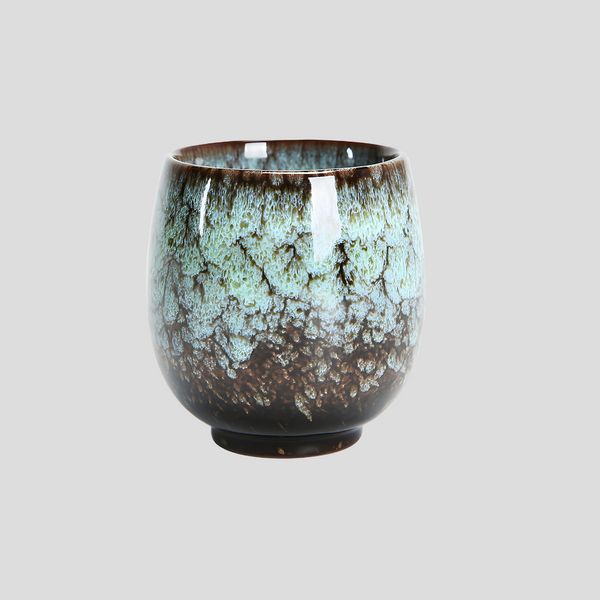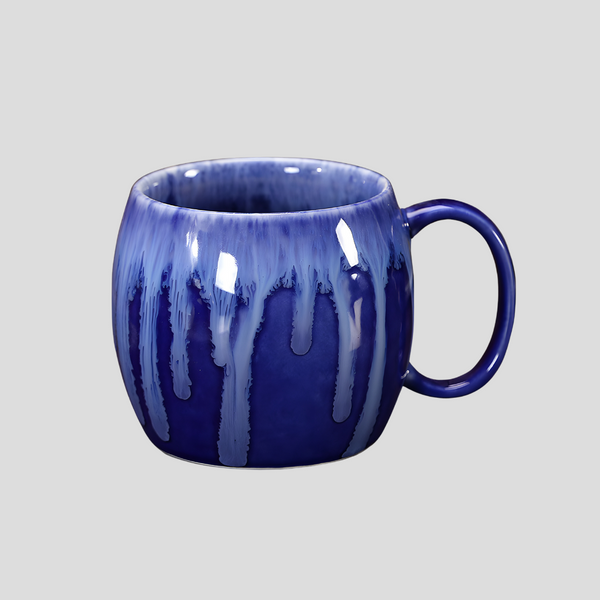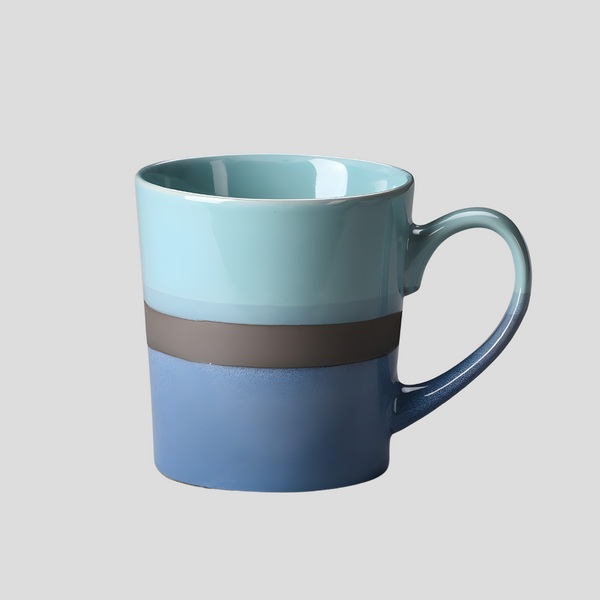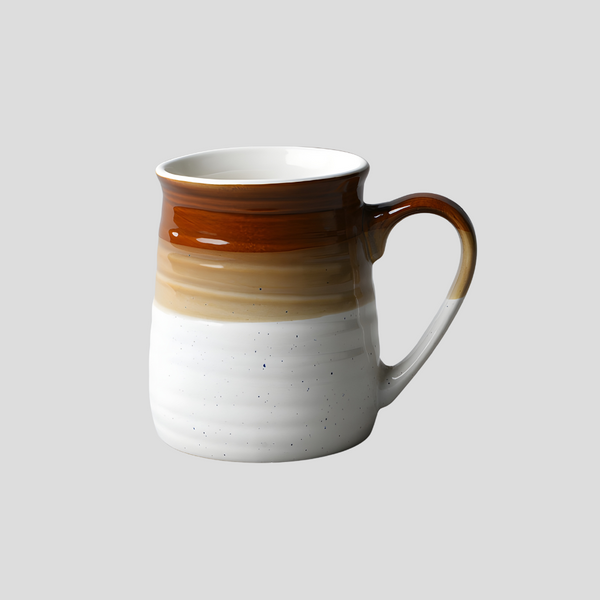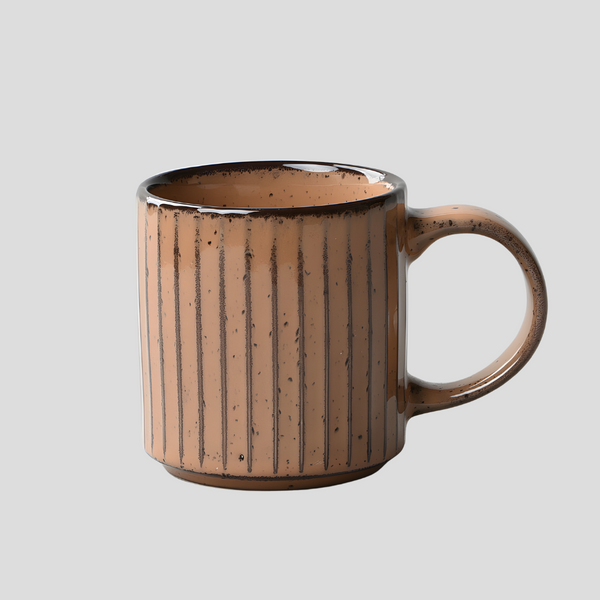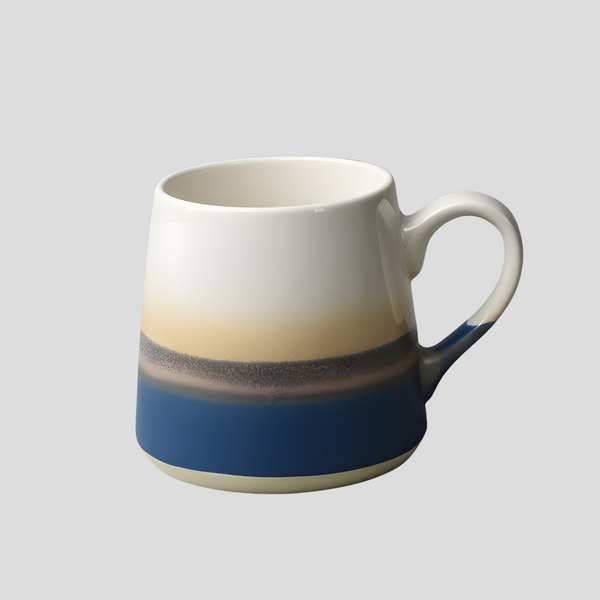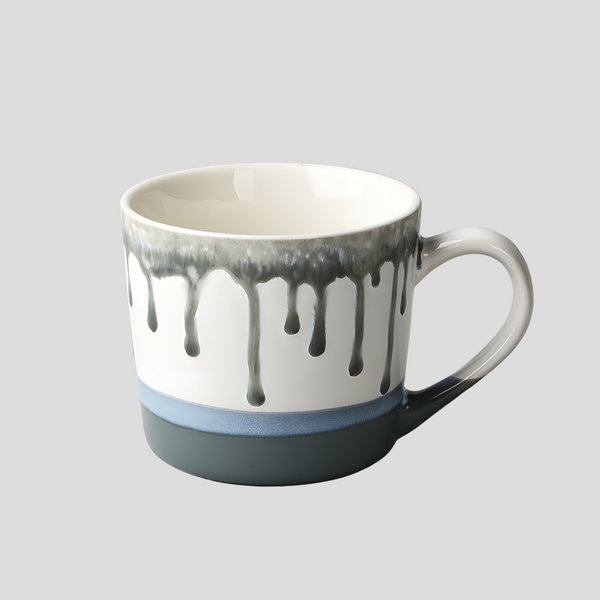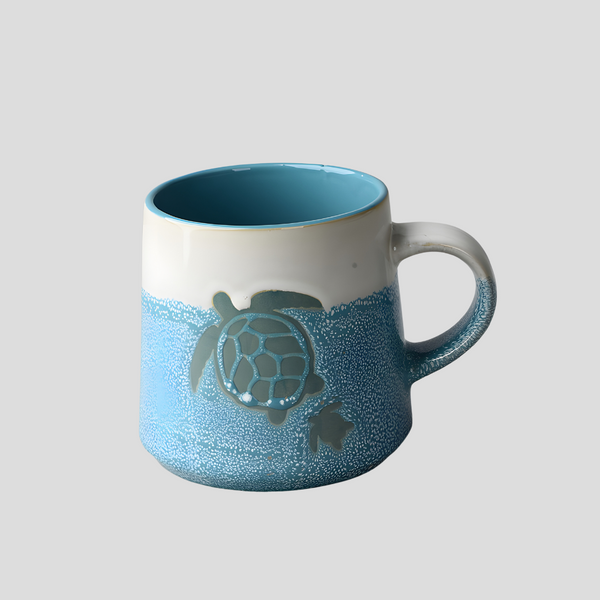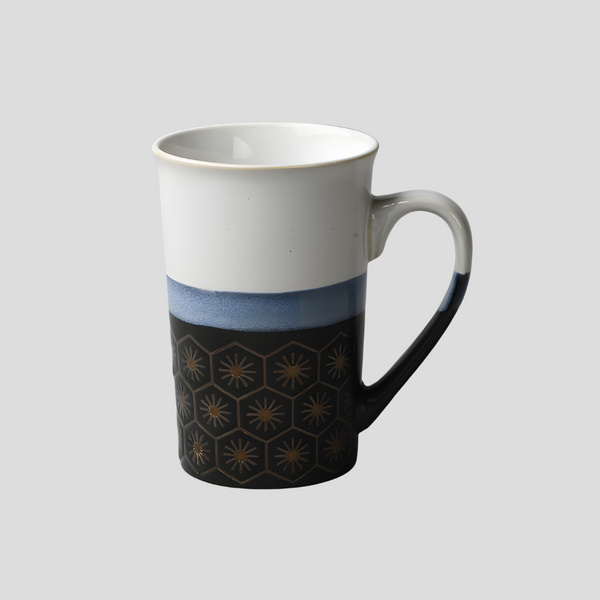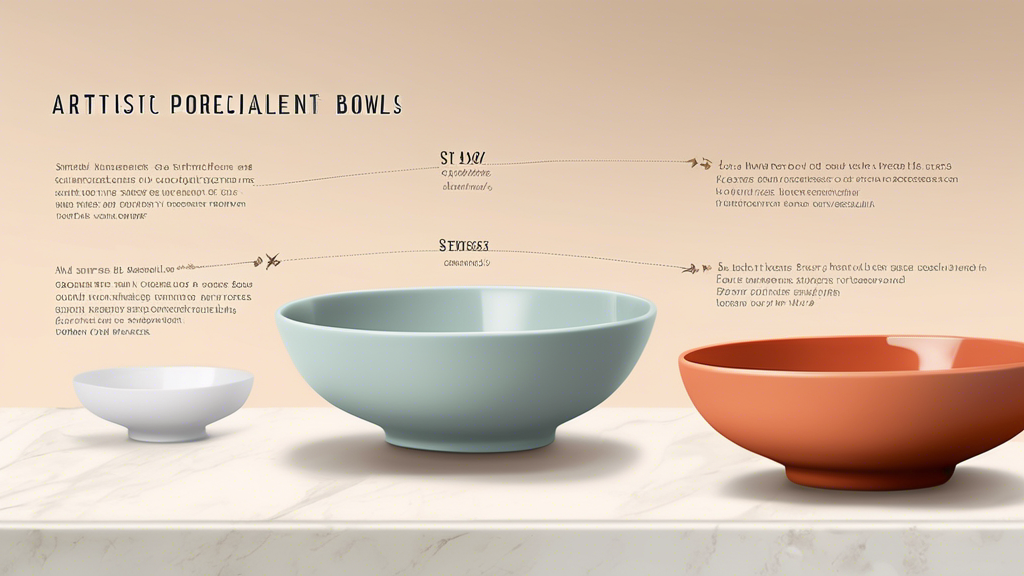
Ceramic vs. Porcelain Bowls: Understanding the Differences
When it comes to selecting dinnerware for your home, the material of the items is as crucial as the design. Among the most popular options are ceramic and porcelain bowls, both highly favored for their aesthetic appeal and functionality. Though they might seem similar at first glance, there are distinct differences between the two that can influence your decision depending on your needs and preferences. By understanding these differences, you can make a more informed choice that aligns with your lifestyle. Ceramic bowls are made from a mix of clay, earthen elements, powders, and water. These components are shaped into the desired form and then fired in a kiln at a high temperature to achieve durability and hardness. Ceramic is known for its versatility since it can be made with various finishes and textures, ranging from rough and rustic to smooth and glossy. Porcelain, on the other hand, is a type of ceramic but with a more refined manufacturing process. It is made from a white clay called kaolin, along with other materials such as feldspar, quartz, and bone ash. These ingredients are fired at a higher temperature than regular ceramic, resulting in a denser, more translucent, and finely grained surface. This process gives porcelain its characteristic strength and delicate appearance. Ceramic bowls often have a more rustic, earthy appearance owing to their coarser material and the variations in glazes and finishes that can be applied. They are durable and sturdy, making them suitable for everyday use. However, because they are more porous than porcelain, they might stain or absorb liquids if not glazed properly. Porcelain bowls present a more refined and elegant look with their smooth, impermeable surface and often intricate designs. They are also surprisingly durable despite their delicate appearance, thanks to the high firing temperature during production. Porcelain's density makes it less likely to chip and more resistant to staining than ceramic. Both ceramic and porcelain bowls have good thermal retention properties, keeping your food warm or cold for longer periods. However, due to its denser nature, porcelain might have a slight edge in keeping temperatures consistent. This characteristic makes it an excellent choice for serving dishes that need to maintain their temperature, such as soups or stews. The cost of ceramic and porcelain bowls can vary widely, influenced by the quality of the materials, the complexity of the designs, and the brand. Generally, porcelain tends to be more expensive than ceramic because of its more sophisticated manufacturing process and the perception of it being a higher-end product. However, both types of bowls come in a range of prices, accommodating various budgets. Ultimately, the choice between ceramic and porcelain bowls comes down to personal preference and intended use. If you value sturdiness and a homely feel, ceramic might be the way to go. For a touch of elegance and fine dining experience, porcelain could be the better option. Understanding these distinctions will help you make a choice that not only suits your practical needs but also complements your home's aesthetic.Ceramic vs. Porcelain Bowls: Understanding the Differences
Composition and Manufacturing
Appearance and Durability
Thermal Properties
Cost Considerations
Conclusion
